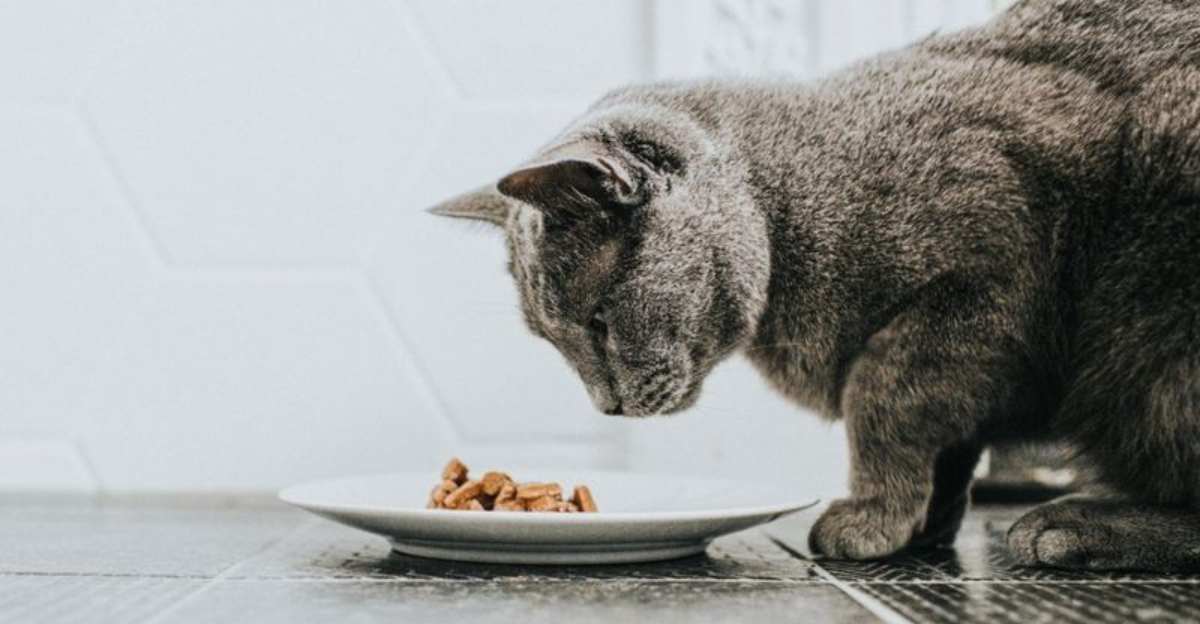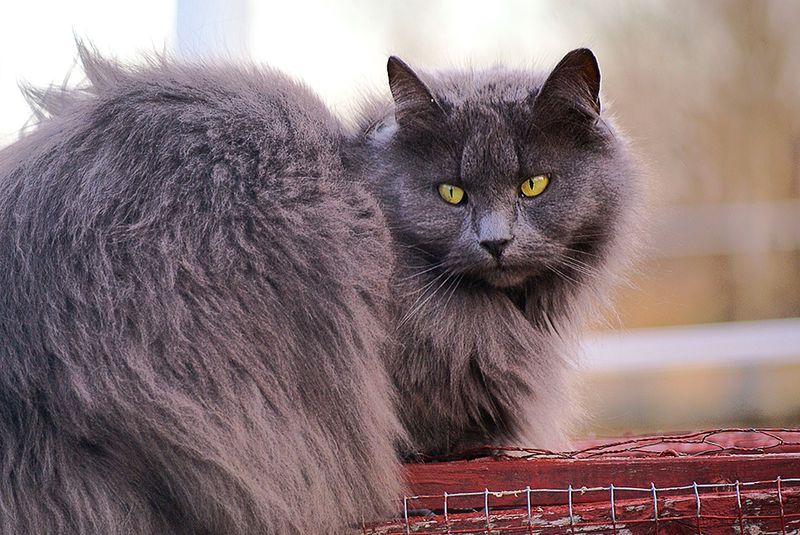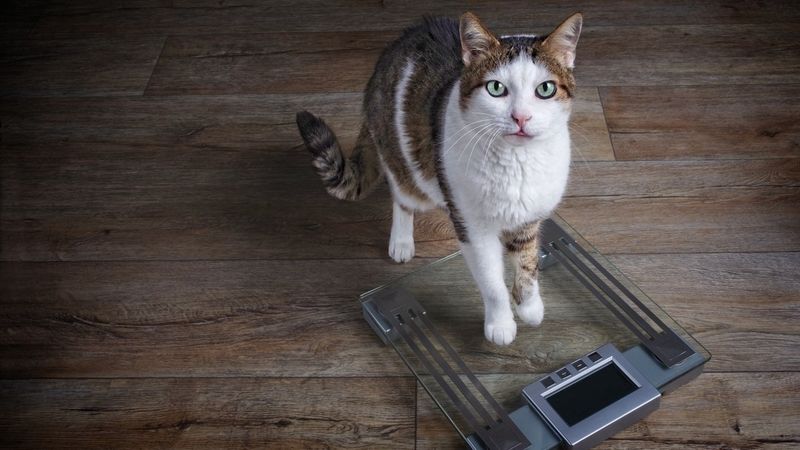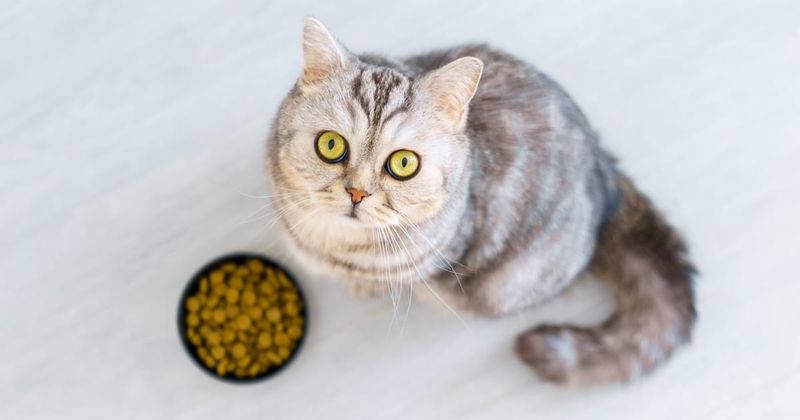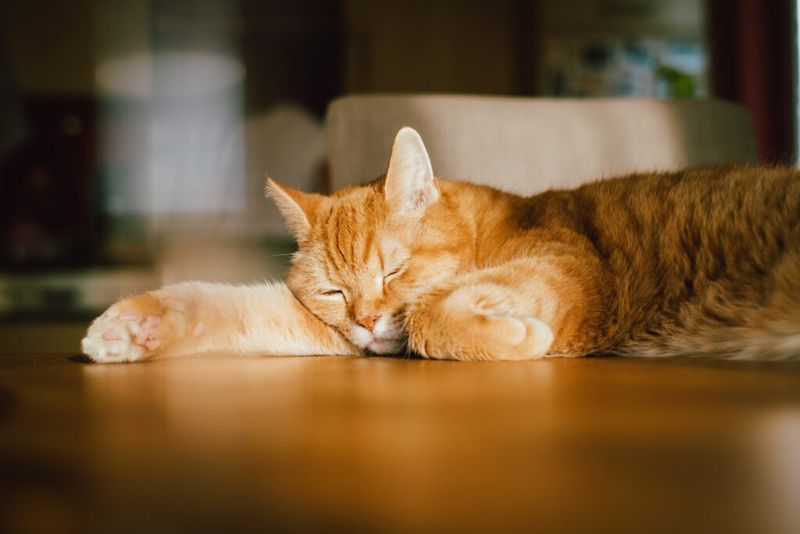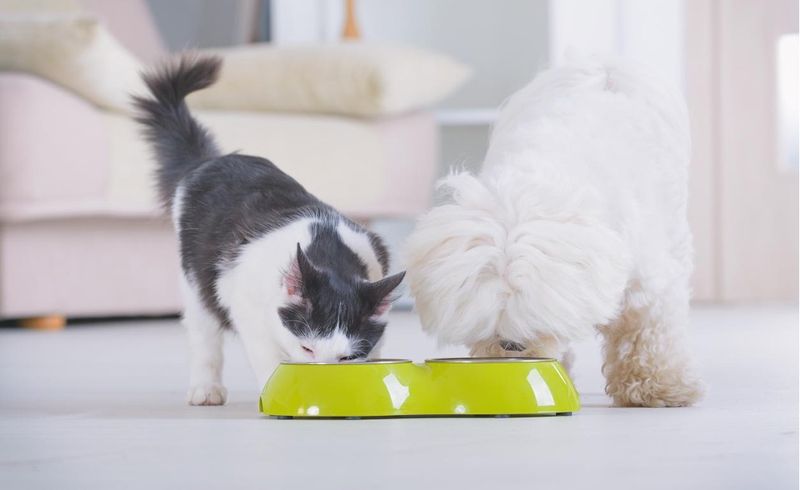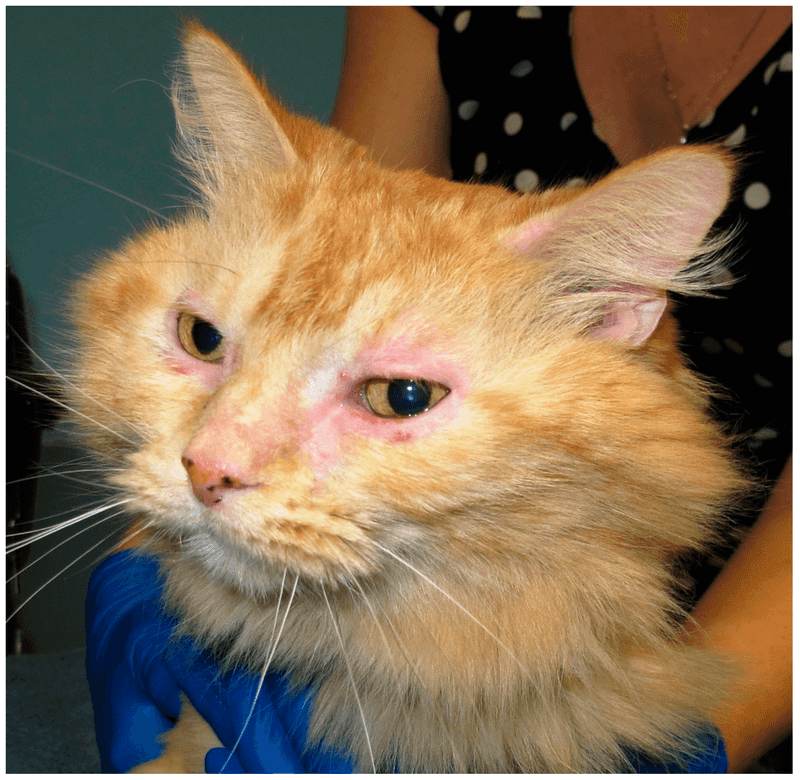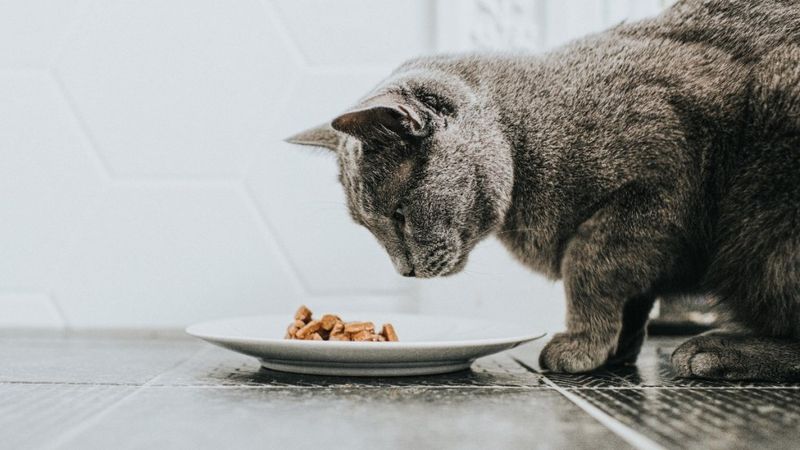📖 Table of Content:
Cats can be picky eaters, but sometimes their food avoidance signals a real need for change. Just like humans, cats’ nutritional needs evolve throughout their lives. Knowing when to switch your cat’s food can make a huge difference in their health and happiness. Here are 7 clear signs that it might be time to make a change in your feline friend’s diet.
1. Dull, Patchy Coat
Your cat’s shiny fur can quickly become a distant memory when their diet lacks essential nutrients. A healthy coat requires specific proteins and fatty acids that might be missing from their current food.
Look for dry, flaky skin accompanying the dull fur – it’s often another symptom of nutritional gaps. Many pet owners notice improvement within weeks of switching to a food rich in omega-3 and omega-6 fatty acids.
Quality cat food should support skin and coat health as one of its primary benefits. If your previously glossy kitty now looks lackluster, their food might be falling short.
2. Sudden Weight Changes
Rapid weight loss or gain deserves immediate attention. Your formerly fit feline suddenly developing a potbelly or becoming bony could indicate their current food isn’t meeting their metabolic needs.
Cats require different calorie amounts based on age, activity level, and health status. Senior cats often need fewer calories, while active young adults need more energy-dense options. Weight management formulas can help overweight cats slim down safely.
Regularly weighing your cat helps catch these changes early. A good rule: if you notice more than a 10% change in weight over a short period, consult your vet about a possible food switch.
3. Digestive Troubles Strike
Frequent hairballs, vomiting, or litter box issues aren’t just annoying cleanup tasks – they’re potential red flags about your cat’s food compatibility. Digestive upsets often signal food sensitivities or allergies developing to ingredients they’ve eaten for years.
Loose stools or constipation lasting more than a couple of days warrant dietary reconsideration. Some cats benefit from specialized formulas with easier-to-digest proteins or added fiber sources.
Sensitive stomach formulas can work wonders for cats with recurring digestive problems. The right food should result in well-formed stools and fewer stomach upsets within days of making the switch.
4. Energy Levels Plummet
Remember your playful kitten who chased toys for hours? A noticeable drop in energy could be diet-related. Proper nutrition fuels your cat’s natural activity levels, and inadequate food can leave them lethargic.
Age-appropriate formulas matter tremendously here. Senior cats need different nutrient profiles than kittens or adults. Many older cats perk up significantly when switched to senior-specific foods with adjusted protein levels and joint support.
Food with quality protein sources gives cats sustained energy throughout the day. If your once-active companion now spends all day sleeping (beyond normal cat napping), their current food might not be providing sufficient energy.
5. Life Stage Transitions
Major life changes demand dietary adjustments. Kittens growing into adults, adults becoming seniors, or pregnancy all require specific nutritional support that general formulas can’t provide.
The first year of life sees dramatic development requiring nutrient-dense kitten formulas. Around age 7-10, cats enter their senior years and benefit from foods supporting aging joints and organs. Pregnant or nursing cats need significantly more calories and nutrients.
Each life stage has unique nutritional requirements. The food that worked perfectly for your 2-year-old cat might be completely inadequate by age 10. Following age-appropriate feeding guidelines helps your cat thrive through every life phase.
6. Allergic Reactions Appear
Excessive scratching, mysterious bumps, or recurrent ear infections might actually be food allergies in disguise. Cats can develop allergic responses to proteins they’ve eaten without problems for years.
Common culprits include chicken, beef, fish, and dairy – ironically, the most popular ingredients in many cat foods. Limited-ingredient diets using novel proteins like duck or rabbit often resolve these issues by eliminating the allergen.
Food allergies frequently manifest as skin problems rather than digestive issues. If your veterinarian has ruled out fleas and environmental allergies, a food trial with a hypoallergenic formula might reveal that your cat’s itchiness stems from their dinner bowl.
7. Refusing Food Consistently
Occasional pickiness is normal cat behavior, but consistently refusing food indicates a problem. Cats who suddenly turn their nose up at previously enjoyed meals might be detecting rancidity or formula changes before you notice them.
Manufacturers sometimes alter recipes without announcement. Your cat’s sensitive nose can detect these subtle changes that escape human perception. Dental pain can also cause food avoidance, especially with hard kibble.
Try offering a high-quality alternative with different protein sources or textures. If your cat eagerly accepts the new option after rejecting their usual food, you’ve found your answer. Persistent refusal of all foods requires immediate veterinary attention to rule out serious health issues.
